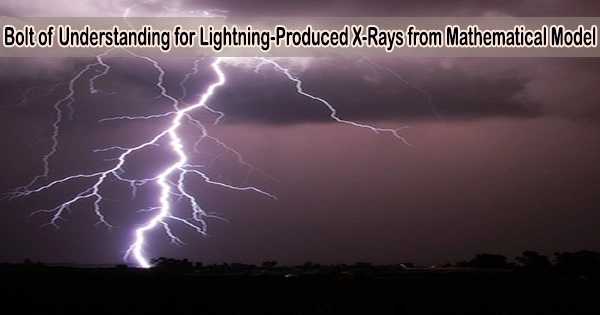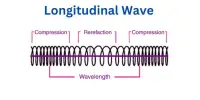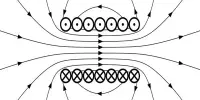Scientists noticed a lightning discharge in the early 2000s that produced X-rays with high energy photons similar to those used in medical imaging. Although scientists were able to duplicate this occurrence in the lab, they were unable to adequately explain how or why lightning produced X-rays.
Now, twenty years later, a Penn State-led research has found a new physical process that explains how X-rays connected to lightning activity naturally arise in the Earth’s atmosphere.
They published their results on March 30 in Geophysical Research Letters.
The team’s discovery may potentially provide insight into another occurrence, namely the brief sensation experienced occasionally while touching a metal doorknob. When a body and a conductor are exposed to a voltage difference, a phenomenon known as spark discharge takes place.
In a series of laboratory tests conducted in the 1960s, researchers found that spark discharges, like lightning, create X-rays. Scientists are still working in the lab to better understand the mechanism underlying this process more than 60 years later.
Lightning consists in part of relativistic electrons, which emit spectacular high-energy bursts of X-rays with tens of mega electron-volt energies called terrestrial gamma-ray flashes (TGFs).
“Researchers have created simulations and models to explain the TGF observations, but there is a mismatch between simulated and actual sizes,” according to lead author Victor Pasko, Penn State professor of electrical engineering. Pasko and his team mathematically modeled the TGF phenomenon to better understand how it can occur in observed compact space.
“The simulations are all very big usually several kilometers across and the community has difficulty reconciling this right now with actual observations, because when lightning propagates, it’s very compact,” Pasko said, “explaining that lightning’s space channel is typically several centimeters in scale, with electric discharge activity producing X-rays expanding around tips of these channels up to 100 meters in extreme cases.”
Researchers have created simulations and models to explain the TGF observations, but there is a mismatch between simulated and actual sizes.
Victor Pasko
“Why is that source so compact? It’s been a puzzle until now. Since we’re working with very small volumes, it may also have implications for the lab experiments with spark discharges underway since the 1960s.”
Pasko said that they developed the explanation for how an electric field amplifies the number of electrons, driving the phenomenon. As they accelerate, the electrons scatter on the individual atoms that make up the air.
Like a snow avalanche, the majority of the electrons rush ahead as they gain energy and multiply, which enables them to create more electrons. The avalanche of electrons creates X-rays, which propel the photons backward and release additional electrons.
“From there, the question we wanted to answer mathematically was, ‘What is the electric field you need to apply in order to just replicate this, to launch just enough X-rays backwards to allow amplification of these select electrons?’” Pasko said.
According to Pasko, the mathematical modeling created an electric field threshold that validated the feedback process that intensifies the electron avalanches when the electrons’ X-rays go backward and create more electrons.
“The model results agree with the observational and experimental evidence indicating that TGFs originate from relatively compact regions of space with spatial extent on the order of 10 to 100 meters,” Pasko said.
“In addition to describing high-energy phenomena related to lightning,” Pasko said “the work may eventually help to design new X-ray sources.”
According to the researchers, they intend to test the process with various materials and gases and to use their findings in various contexts.
The other authors on the paper are Reza Janalizadeh, a postdoctoral scholar in the Penn State Department of Electrical Engineering; Sebastien Celestin of the University of Orleans in Orleans, France; Anne Bourdon, of Ecole Polytechnique in Palaiseau, France; and Jaroslav Jansky of the University of Defense in Brno, Czechia.
The National Science Foundation funded this work.
















